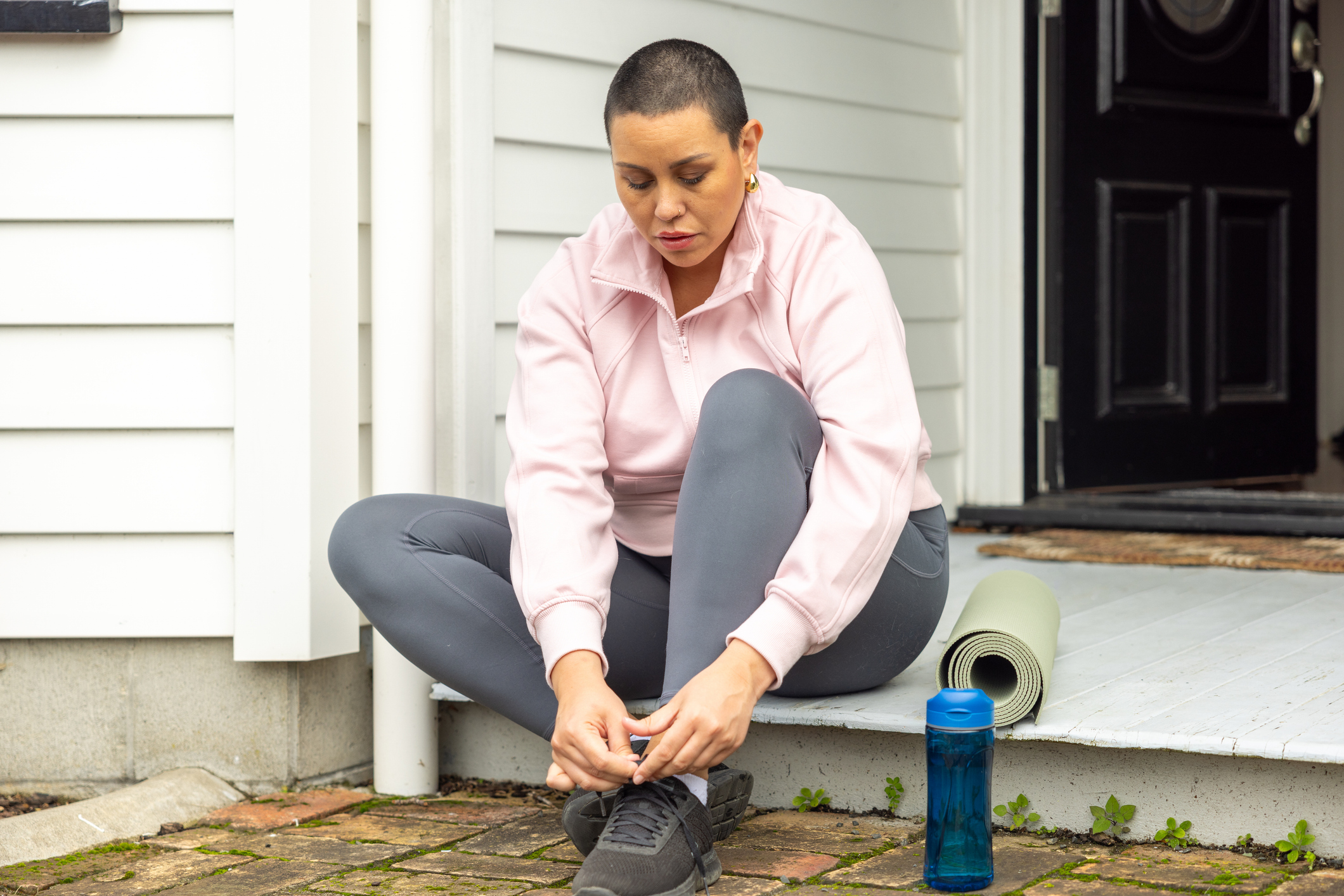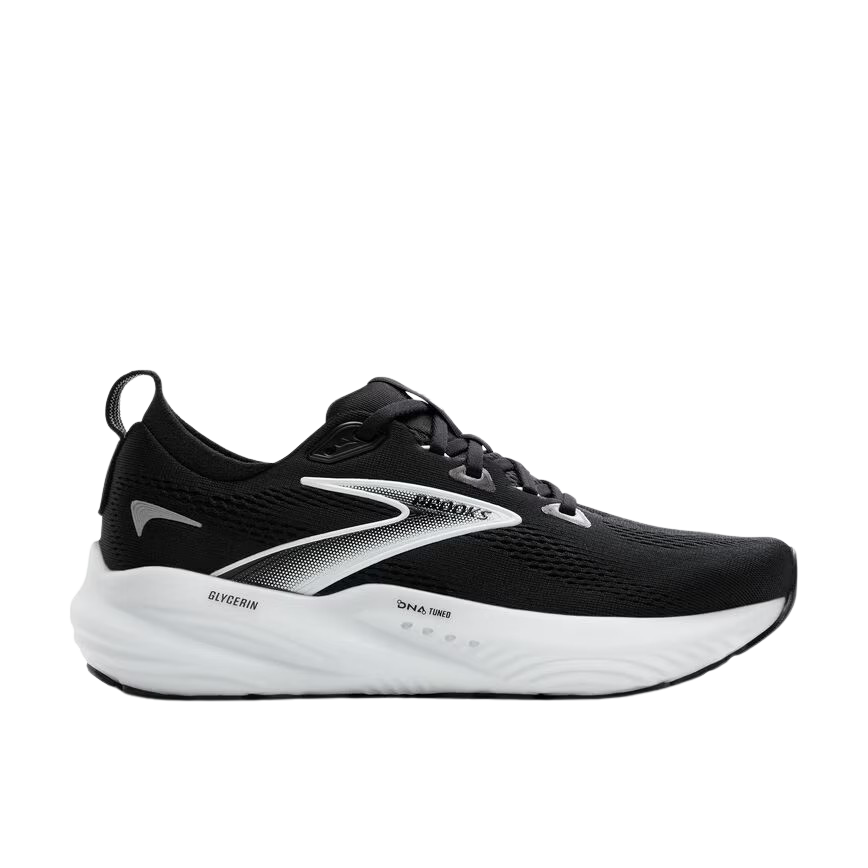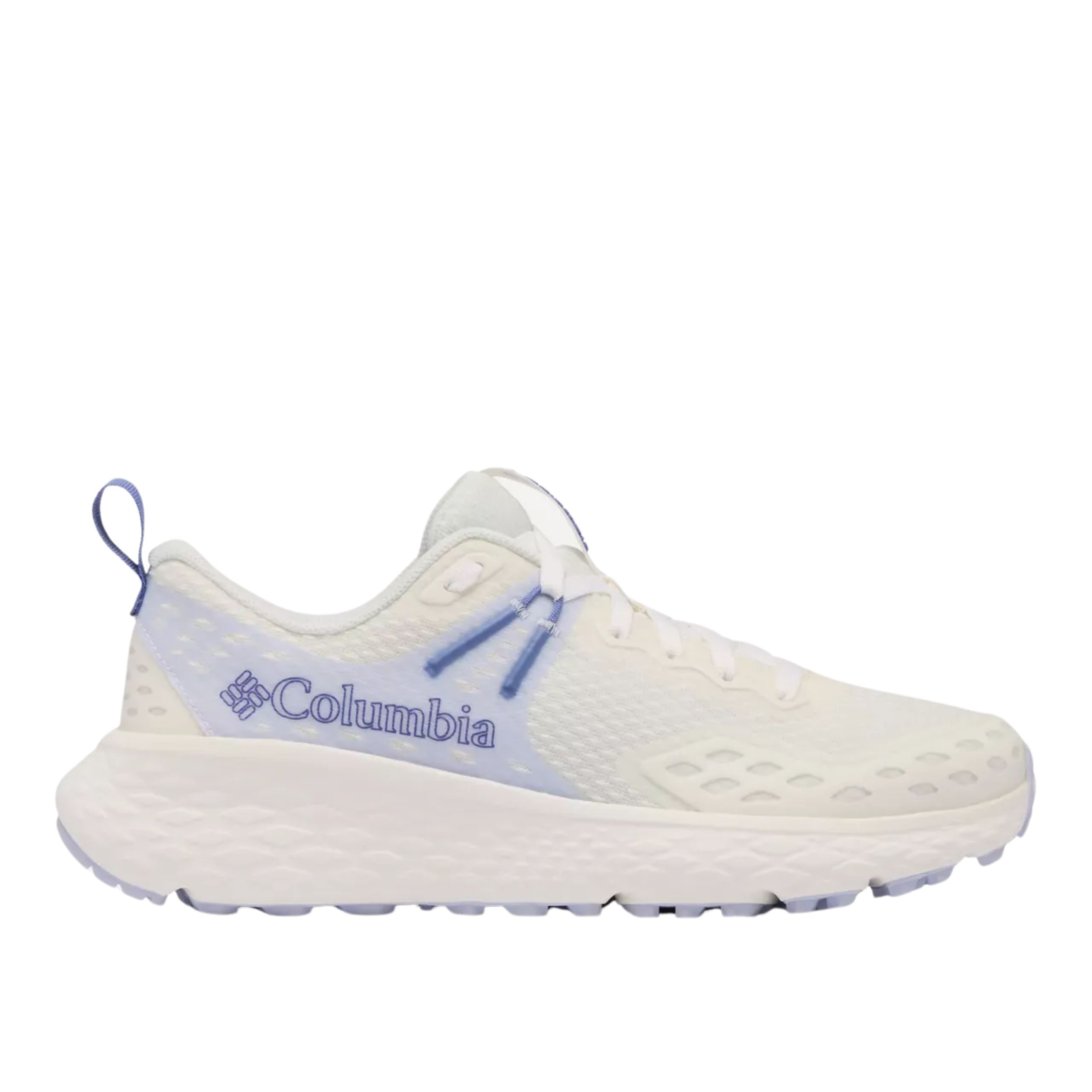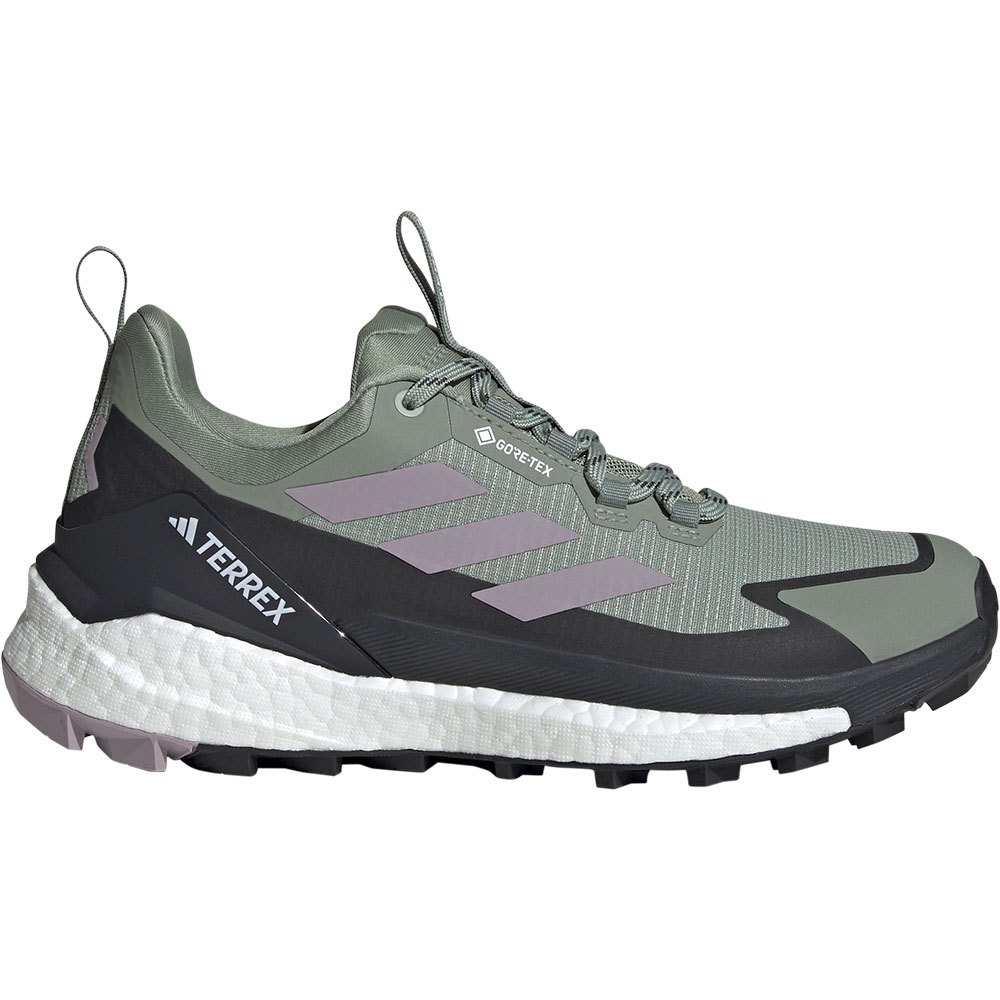A personal trainer says that “just 30 minutes a day of this exercise can make a meaningful difference”
Regular walking can boost your energy levels, strengthen your muscles and support mental wellbeing with this accessible type of activity—here’s how to get started

If I told you that lifting heavy weights for 30 minutes a day would make a meaningful difference to your health, you'd probably say, “Tell me something I don’t know”. Same with running and cycling.
But what about that perennially underestimated form of exercise—walking? Would you think there’s as much to be gained?
“Walking workouts support cardiovascular health, maintain joint mobility and help manage weight, all without putting undue strain on the body,” says David Sautter, a NASM-certified personal trainer at WalkFit.
“Even just 30 minutes a day of this exercise can make a meaningful difference and be the perfect starting point for a healthier, more consistent fitness routine,” he says.
Do you want to start regular walking but have no idea where to start? Sautter shared his go-to walking workout recommendation from the WalkFit app. It’s perfect for beginners or those who need a low-impact option to help them burn calories.
It’s a steady pace walk, which takes 31 minutes, including the warm-up and cool-down.
1. Warm-up
Time: 6min
Start your week with achievable workout ideas, health tips and wellbeing advice in your inbox.
This warm-up comprises six dynamic stretches to get your muscles working and your joints lubricated before your walk. Do each stretch for one minute and then move on to the next.
- Rolls in split stance: Step one foot forward, your other foot back, and gently roll your weight through each foot before switching position of your feet halfway through the minute.
- Knee circles: Lift one knee slightly and draw small circles in the air with your foot, then switch sides.
- Hamstring stretch: Slightly bend your left knee and place your right heel on the floor in front of your, keeping your right leg straight. Hinge forward from your hips to feel a stretch in your right hamstring. Return to the start and repeat on the other side. Continue alternating sides, coming in and out of the stretch.
- Knee ups: Lift one knee to hip height, then the other, continuing as if marching in place.
- Side tilts: Stand up straight and slowly bend your torso to one side, then the other.
- Shoulder rotations: Circle your shoulders forward and backwards to loosen the joints.
2. Steady walk
Time: 17min
Walk at a comfortable, but purposeful pace that is enough to raise your heart rate slightly.
3. Slow walk
Time: 3min
Walk at a relaxed pace to start easing your heart rate down.
4. Cool-down
Time: 5min
This cool-down has five static stretches to help release tension in your muscles to speed up your post-walk recovery. Hold each stretch for a minute (or 30 seconds each side), then move on to the next one.
- Standing chest stretch: Clasp your hands behind you or place them on your lower back and gently lift your chest.
- Upper-back stretch: Interlace your hands in front of you and round your upper back while pushing your hands forward.
- Wide-stance leg stretch: Stand with your feet wider than hip-width apart and gently hinge forward to stretch your inner thighs and hamstrings.
- Quad stretch: Bend your knee and hold one foot behind you and gently pull it toward your buttocks to stretch the front of your thigh. Switch sides halfway through.
- Side neck stretch: Tilt your head toward one shoulder, keeping the opposite shoulder relaxed. Switch sides halfway through.
Shop walking shoes
If you need walking shoes, here are three picks from Fit&Well’s guide to the best walking shoes.




Lou Mudge is a Health Writer at Future Plc, working across Fit&Well and Coach. She previously worked for Live Science, and regularly writes for Space.com and Pet's Radar. Based in Bath, UK, she has a passion for food, nutrition and health and is eager to demystify diet culture in order to make health and fitness accessible to everybody.
Multiple diagnoses in her early twenties sparked an interest in the gut-brain axis and the impact that diet and exercise can have on both physical and mental health. She was put on the FODMAP elimination diet during this time and learned to adapt recipes to fit these parameters, while retaining core flavors and textures, and now enjoys cooking for gut health.
You must confirm your public display name before commenting
Please logout and then login again, you will then be prompted to enter your display name.
